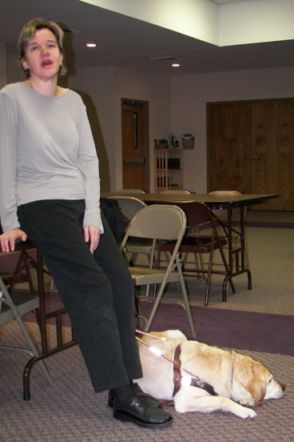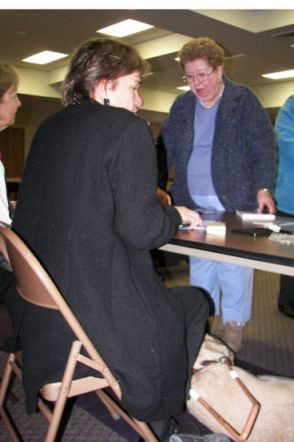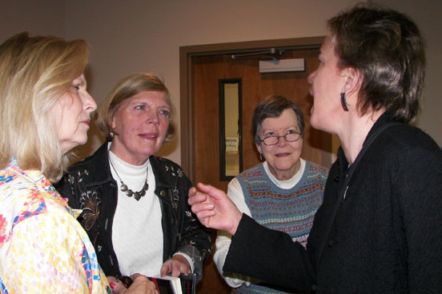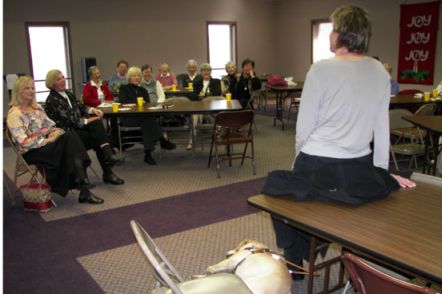Positive Review in School Library Journal
February 28, 2008 • Comments • Posted in Beth Finke, Braille, Seeing Eye dogs, Uncategorized, Writing for Children School Library Journal likes us! School Library Journal likes us! School Library Journal likes us! School Library Journal likes us!
School Library Journal likes us! School Library Journal likes us! School Library Journal likes us! School Library Journal likes us!
What? You’ve never heard of the School Library Journal??? Well, you must not be a school librarian – or a children’s librarian – then. Forty thousand librarians, teachers and children’s book lovers subscribe to the School Library Journal every month. An estimated 100,000 librarians, teachers and children’s book lovers read it.
And when the March issue comes out this Saturday, all those people will be reading about Hanni and Beth: Safe & Sound. Know why? Because the March issue of the School library Journal features a POSITIVE REVIEW of our book!
This is extremely exciting news. One reason I decided to write a childrens book about Seeing Eye dogs is so that…well..so that children would read and learn from it. A positive review in School Library Journal will expose Safe & Sound to tens of thousands of school librarians. And then, who knows? tens of thousands might order Safe & Sound for their school libraries. Just think of how many more kids will have access to our book –and learn about blindness, teamwork and just how special Seeing Eye dogs are.
I’m not sure yet if the review will be available online. Even if it is, it won’t be available until Saturday. But shhhh! For you, my loyal blog readers and Seeing Eye dog fans, I will paste a sneak preview of the review right here –my publisher got an advance copy and sent it to me the minute she got the good news. Enjoy – we sure did! Here goes:
BLUE MARLIN REVIEWS – SLJ MARCH, 2008
FINKE, Beth. Hanni and Beth: Safe & Sound. illus. by Anthony Alex LeTourneau.
ISBN 978-0-9792918-0-7.
LC 2007003741.
K-Gr 3–“Look at me!” Hanni, a Seeing Eye dog, explains who she is and her responsibilities as she introduces readers to her partner, Beth, who is blind.
Vigilance is stressed throughout the book, and when Hanni talks about “keeping us safe,” readers know that she is speaking as part of a team. Although there is plenty of information about what a Seeing Eye dog does–and does not do–when at work, this is predominantly a story about relationships: Hanni’s relationship with Beth, with other dogs, and with the world at large as she navigates her partner through it. The pictures are painted in oil and have a soft focus. There are two sets of notes at the end–one from the point of view of Hanni, which describes her training as a puppy, and one from Beth, which explains how she became blind and her decision to get a Seeing Eye dog. These are accompanied by black-and-white line drawings that are much more playful in tone than the rest of the book. A list of online resources is appended. The book is also available in braille. An upbeat and inspiring selection to be used along with Glenna Lang’s Looking Out for Sarah (Charlesbridge, 2001).–Kara Schaff Dean, Walpole Public Library, MA






